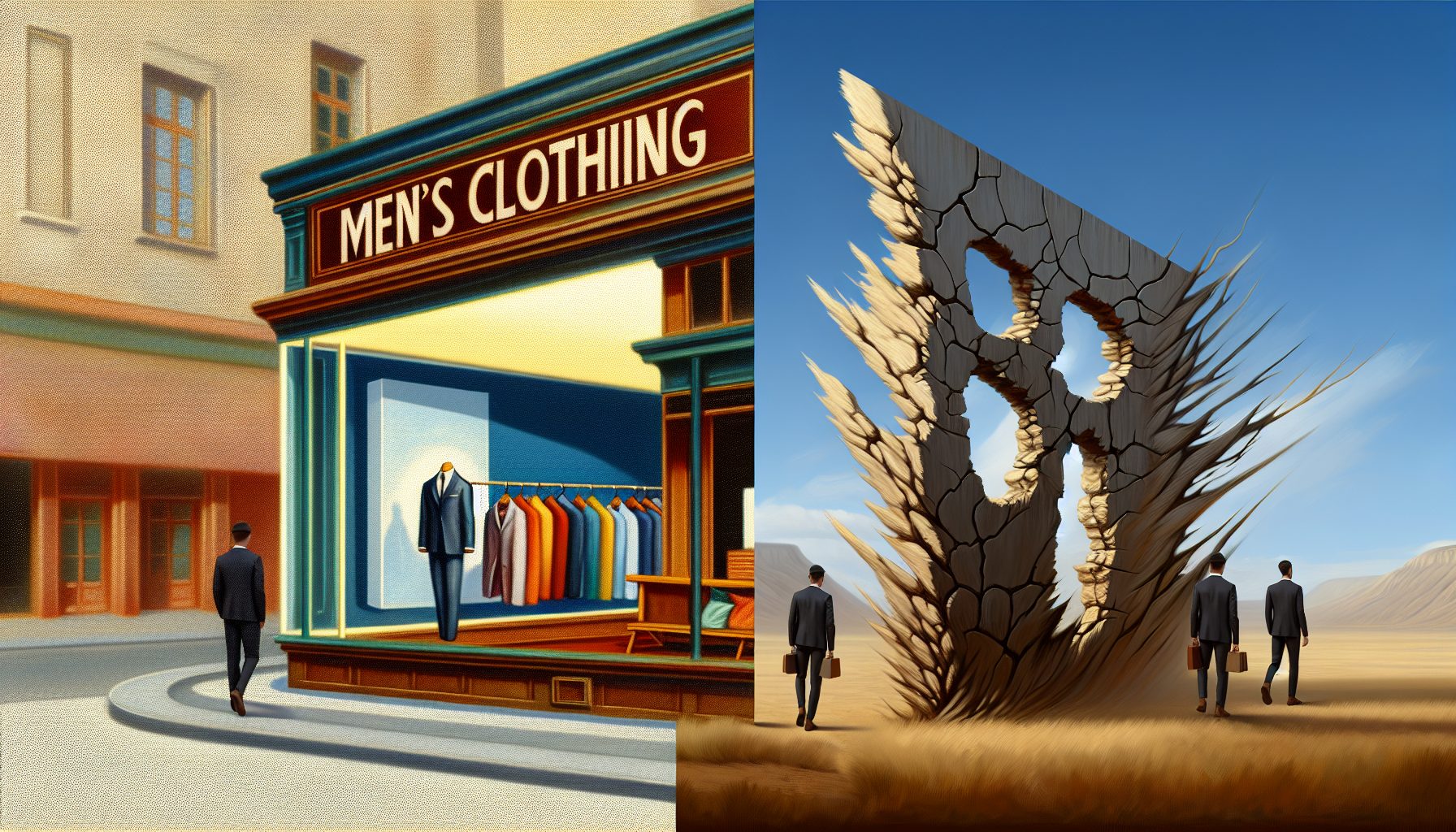Over the last few weeks I?ve conducted briefings with several vendors in support of my upcoming Agile Architecture Vendor Landscape report. The purpose of the report is to help enterprise IT decision makers understand what technologies and service offerings are on the market today that can help support the Bloomberg Agile Architecture (BAA) vision. After all, while Intellyx as a company as well as BAA focus on business agility as the core driver for organizations, at its core, BAA is a technology-driven architectural technique. The business people can talk about agility, while the techies can talk about Agile, and BAA connects the dots. But even the best architecture technique is little more than words and diagrams on paper without effective technology to support the architecture ? and that?s where the Agile Architecture Vendor Landscape comes in.
The vendors I?ve selected for this first round of briefings all talk about agility. After all, talking about agility is easy. The problem I?m running into, however, is that actually delivering technology that supports customers? agility drivers is hard. And furthermore, it?s much harder for well-established vendors than for newer vendors who have come to market more recently. (Drop me a line if you?re a vendor who would like to be included in this report.)
As I discuss in depth in my business-focused Agility Workshops as well as the BAA Certification course, business agility breaks down into three separate business drivers: responsiveness, resilience, and innovativeness. Responsiveness means being able to respond quickly and efficiently to positive change, like shifting customer demand. Resilience refers to dealing with adverse change, mitigating security or compliance risks for example. But the most important of the three is innovativeness: being able to introduce change into the business environment in order to achieve a strategic benefit like increased market share or entry into new markets.
When vendors talk about agility, they are usually referring to responsiveness or resilience ? which are important, but miss the big picture of agility. Supporting your customers? ability to innovate requires exceptionally flexible technology, as the customer can?t tell you today what they?ll want from your technology tomorrow. If they were able to do so, they wouldn?t be innovative.
Of course, that doesn?t stop vendors from saying they can help customers innovate. What I?m finding as I conduct my research is that in large part, supporting innovation is little more than handwaving on the part of most vendors ? what I like to call agility at the PowerPoint layer, especially if the vendor has older, less flexible technology under the covers.
This lesson applies equally well inside an enterprise IT shop. Today?s CIOs (like the CIO of the fictitious company Horizon in my last Cortex newsletter) are faced with lines of business who wish to innovate, so those managers are relying increasingly on shadow IT for technologies that support such innovation. Meanwhile, the systems of record and other legacy are stuck in the dark ages, unable to provide agility of any kind. The questions any IT executive in a similar situation must ask: are my purported ?systems of innovation? really providing innovativeness, in spite of our legacy boat anchor? Or are the vendors providing products and services for such systems simply touting agility at the PowerPoint layer? Don?t be fooled. Agility is harder than it sounds, especially when older technology runs the business.



























